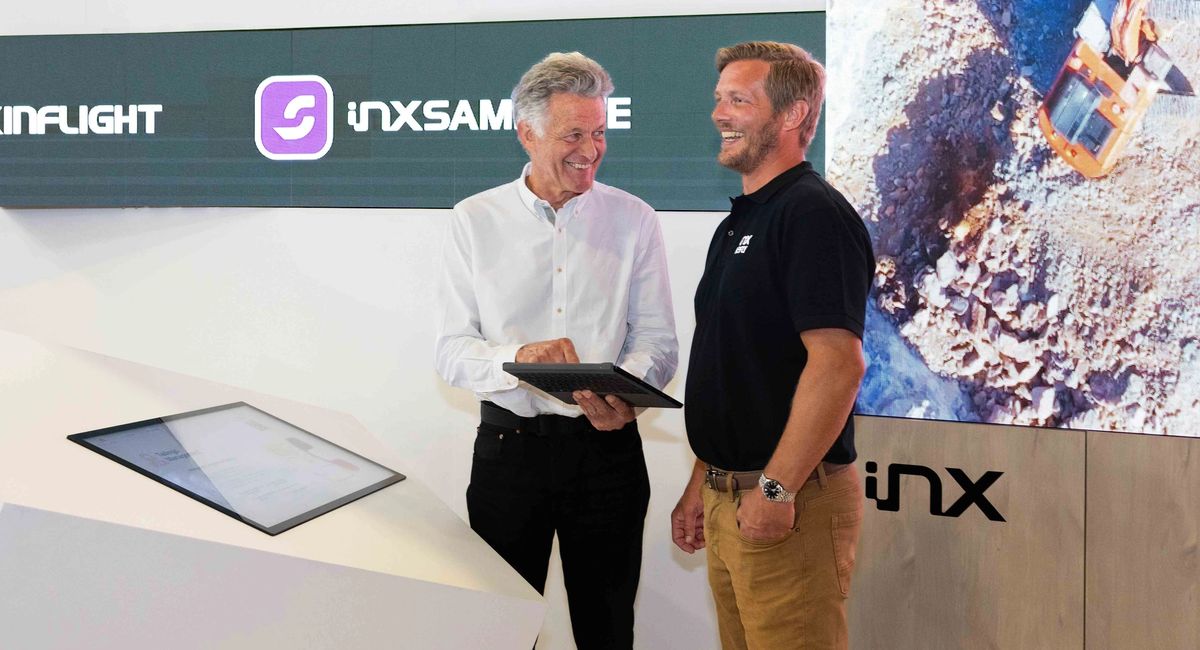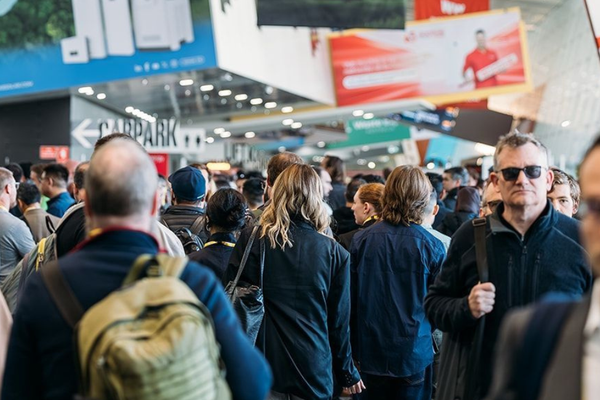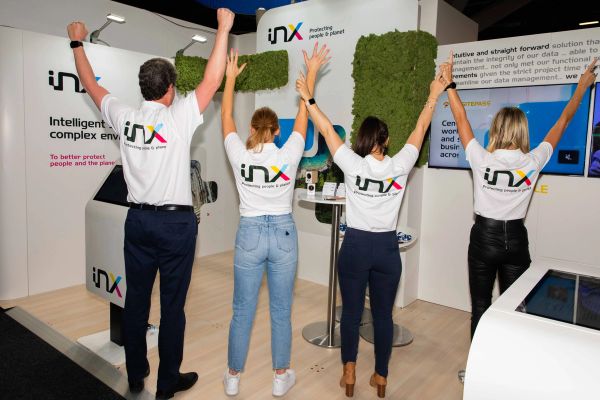Most exhibitors are winging it. Let’s explore what the high performers are doing differently.
Given the large investment in this channel, it continues to surprise me that many businesses still just show up and hope for the best. There are so many “tick box” tasks that go into exhibiting that it can often feel like a logistical achievement just to exhibit. What sets a business apart is what they do behind the scenes to guarantee the best outcome.
On show day, people will absolutely notice if you forgot to get your stand design completed, but no one will know if you left off your pre-show marketing plan or didn’t do your team briefing well.
A great deal of the heavy lifting that impacts results isn’t seen by the naked eye. Doesn’t mean you shouldn’t do it.
There are 3 types of exhibitors:
1. The Reactive Exhibitors
This group leave everything to the last minute. They often have teams that are stretched to finely or haven’t yet recognised the true potential from these shows so they aren’t prioritised. Results feel random and their team are often stressed as they don’t have a formula.
Reactive exhibitors benefit from taking a step back and planning out a solid strategy to use their trade show appearances as a way to meet their greater business goals.
2. The Display Divas
They know they need to be at these events. They are willing to invest in positioning their brand as leaders. This may include a design that looks aesthetically pleasing, giveaways and ad spend. While spend is high, their conversion rate is either low or not tracked. They may be doing pre and post-show marketing but their campaigns lack intention.
These exhibitors value a trade show, but often can’t quantify exactly what each event brings in for the business. They need clear objectives to sharpen their focus and channel resources to the areas that will give them the best value.
3. The Strategic Exhibitors
This group have found their trade show groove! They have targets and have a process in place to maximise each step of the execution pre-during-post show. Their team are aligned, an engagement plan in place and each event provides valuable data for both sales and marketing to work with.
Every event is an opportunity to analyse and optimise data. They don’t just look at leads and investment, they dive into qualitative and quantitative data so they can optimise event outcomes.
If you are serious about getting results from your trade shows you don’t want to be reactive in how you approach each event. The goal is to be strategic from the start and to see your plan unfold. You want to become the conductor, orchestrating the plan.
Taking this approach makes it feel like a game because you have a target and can see how far through you are in achieving your goal.
How to transition from reactive to strategic exhibiting
Firstly, recognising that you’re leaving opportunity on the show floor is a massive deal. You have no idea how many businesses just accept that exhibitions may be the largest line item in their marketing spend and they can’t quantify their results.
Their gut tells them they need to go. Their bottom line feels it when they don’t. They just can’t pinpoint how to take the next step and do anything about it.
My advice for those looking to become more strategic in their approach to exhibiting is to get some clarity first. There’s a reason why OSCAR is called so… Use our pillars to make out your own plan!
O > OBJECTIVE
Map out your objectives and get really clear on how you want this trade show to act as a vehicle to achieve your objectives. It’s not about throwing spaghetti at the wall and seeing what sticks. The biggest mistake we see is people getting excited about the tactics before getting clarity around what (and why).
S > STRATEGY
The planning stage. What actions are going to help achieve your goals? You don’t need to do everything, just they key things that are going to move the needle. My best advice when working out the “how” is to forget what your competitors did on their last stand. Who cares if they were giving away merch! What is going to make a difference to your target market? How will you move people through your sales cycle? How will we measure results?
C > CREATIVE
Notice that this is step #3? DO NOT do this first or you will fall into Display Diva territory. Bringing your plan to life in 3D should be a natural flow on from the previous two steps. You should by now know who you are appealing to and how you will use the space so can work creatively within those boundaries. Otherwise, you risk going off on some wild tangent that takes you away from your objectives (A.K.A – Your North Star). Always refer back to these.
A > ACTION
The wheels are now in motion. You’re in execution mode and just getting through the tasks that maximise your trade show attendance. Things like pre-show marketing, team training (did you know only 26% of exhibitors train for exhibitions), team briefings and what your post-show roll out will look like.
R > RESULTS
Spoiler alert: If you’re a B2B business, chances are your sales cycle could range from 3 months to 3 years so this isn’t a one and done. You will be able to report on some straight away like leads captured, team performance, engagement and campaign effectiveness, but many of the metrics need to be returned to 3, 6, 12 months later for a true indication of how a show went.
This process is one we know is proven to maximise each step of a trade show campaign. It has delivered results for many clients in different industries. The first step is giving yourself permission to allocate space – you’ll find your team are more aligned and having an engagement plan in place for each event provides valuable data for both sales and marketing to work with.
I’m hoping that while this isn’t a complete instruction manual on how to transform your exhibit campaign it hopefully inspires you to give a few extra things a go!
If you would like to see how your campaign stacks up, feel free to take our Trade show Performance Scorecard. It takes 3 minutes and you will get your own personalised report with improvements.
Take the Scorecard Now


